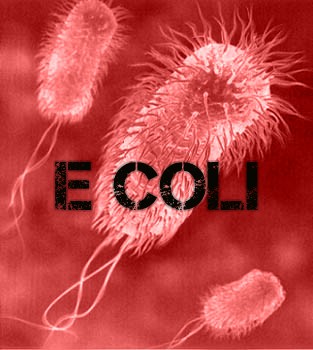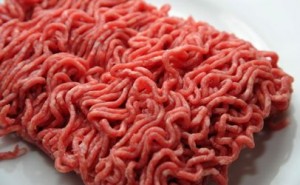E. Coli: What to Know

January 27, 2016
Hopefully by now you are aware of the bacteria that seems to be sweeping all the local Chipotle’s across the nation. Recently, there has been a lot hysteria in the media over the E. coli outbreak. Most people know about the recent outbreak, but how many people know about the bacteria itself? This needless frenzy stems from the many misconceptions and lack of knowledge on the topic. Below is all the basic information about E. coli so you can be knowledgeable and at ease.
The CDC (Center for Disease Control) states that E. coli (Escherichia coli) typically are not harmful and live in the intestines of animals and people. The harmful E. coli are the pathogenic kind which is responsible for illness. The pathogenic E. coli are transmitted through contaminated food, water, or contact with people or animals.
The symptoms of E. coli infection begin three or four days after exposure.Early symptoms include diarrhea (may be bloody), stomach cramps, nausea, and vomiting, pale skin,Passing only small amounts of urine,weakness, fever and bruising according to the Mayo Clinic.

According to the CDC, the consumption of contaminated foods, unpasteurized milk, unclean water, and contact with infected cattle, infected people or cattle can cause an E. coli infection. According to Webmd, “Raw milk or dairy products. Bacteria can spread from a cow’s udders to its milk. Check the labels on dairy products to make sure they contain the word “pasteurized.” This means the food has been heated to destroy bacteria. Raw fruits and vegetables, such as lettuce, alfalfa sprouts, or unpasteurized apple cider or other unpasteurized juices that have come in contact with infected animal feces.”
It is difficult to identify a main cause for most people as there are so many possibilities.
Luckily, there are ways to help avoid this bacteria. If you notice any symptoms of E coli contact your doctor as soon as you can so you can seek treatment or rule E coli out.Always wash your hands before and after meals, when you are in contact with animals, and after you use the bathroom. Cook your meat thoroughly, and avoid anything unpasteurized and swallowing pool or lake water and clean any utensil that touches raw meat.
Lastly , what is the hype of Chipotle’s part in the e coli frenzy. Well it seems Chipotle’s bad rep is deserving. According to the CDC , “46 (88%) of 52 ill people interviewed reported eating at a Chipotle Mexican Grill restaurant in the week before their illness started” as of December 21, 2015 there has been 0 deaths, 20 hospitalizations, including 9 states and the case count of 53. So what does Chipotle have to say about all of this? According to Chipotle’s website,”On December 21, 2015 the Centers for Disease Control and Prevention notified us that they were investigating five cases of E. coli in Kansas, Oklahoma and North Dakota. These individuals ate at the following two Chipotle locations between November 14th and November 23rd: 11805 Shawnee Mission Pkwy. in Shawnee, KS and 765 Asp Ave. in Norman, OK and more than 2,500 tests, all of which confirm no E. Coli (more than 2,500 tests of Chipotle’s food, restaurant surfaces, and equipment all showed no E. Coli).”
It turns out ecoli is not the deadly highly infectous bacteria if you take the nessasary precautions.However,E coli is harmful and should try to be avoided if possible, even if it means not going to Chipotle for a while.

